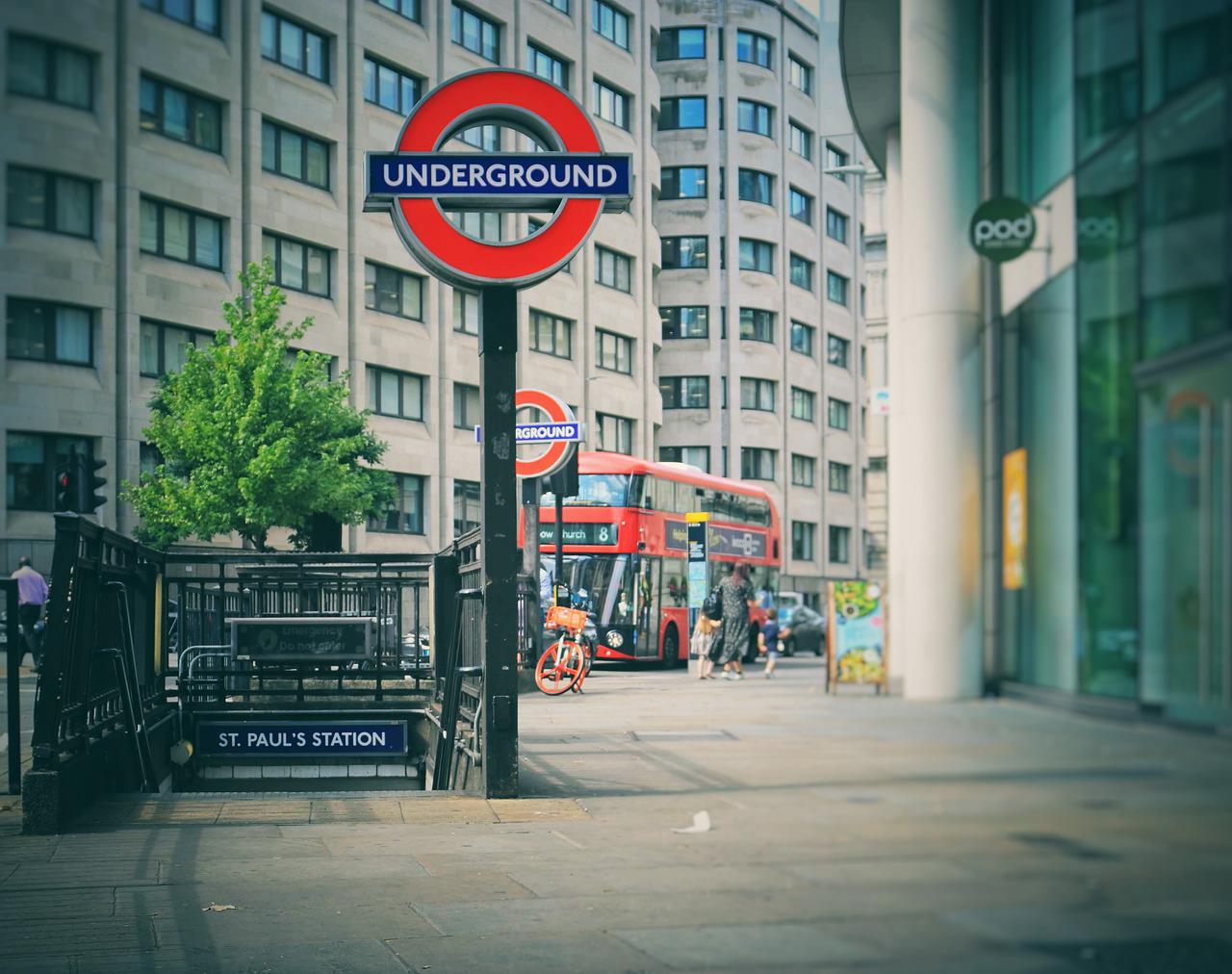With over one billion people boarding the city’s fast trains each year, London’s underground system is among the busiest in the vworld. Despite its enormous popularity and usefulness in congested urban areas, this method of transportation does not, regrettably, have a low carbon impact. The entire metro system, including trains and stops, consumes an astounding £120 million (approximately $183 million) in electricity each year.
 The mayor of London made the decision to test the innovative technologies that recover waste energy in an effort to lessen this system’s massive energy consumption and carbon footprint.
The mayor of London made the decision to test the innovative technologies that recover waste energy in an effort to lessen this system’s massive energy consumption and carbon footprint.
Here are five ways the Tube is becoming more environmentally friendly.
The Inverter Energy Capture System
An “inverter energy collecting system,” similar to recovery systems in hybrid and electric cars, is what the new technology uses. In other words, it collects, stores, and then releases energy from train breakdowns in the form of electricity.
The experiments, which were a part of a much broader modernization initiative, lasted one week on Victoria, one of the busiest Metro lines. The energy saved this week, according to Transport for London officials, was enough to power one station for more than 48 hours, or 1 MWh every day.
This ground-breaking technology is a highly promising first step in lowering the carbon footprint of the underground system. According to officials overseeing the preliminary testing, the amount of energy conserved might be equivalent to 5% of the total energy consumption, or £6 million (US$9 million) in annual savings.
Warming London Homes With Extra Heat From the Tube
TfL is implementing various improvements in the London Underground, also referred to as the Tube, in addition to using electricity with no emissions.
The main purpose of the abandoned tube station that was turned into the Bunhill 2 Energy Center in Islington is to heat the buildings, which include more than 800 homes, two recreational facilities and a school, using waste heat from the London Underground. The new center has enough capacity to heat up to 2,200 homes.
The six-story London Underground mid-tunnel ventilation shaft that the two-meter fan is positioned in also allows it to be rotated to help cool the tunnels in the summer.
Solar panels next to railroad tracks
In order to generate its own electricity, TfL also has lofty goals of installing solar panels on other buildings it owns, as well as on land it owns near to railroad tracks.
According to Network Rail, solar energy may provide 10% of the energy needed to operate its trains, which largely run on tracks in southeast England.
Some of the country’s railways are already powered by renewable energy. Despite previous discussions, trackside solar has never been put to use. Potential issues that need to be handled include preserving engineers’ access to the track; making sure that solar panel glare doesn’t impair train drivers; and making sure that the electrical infrastructure doesn’t interfere with the signalling system.
Battery Storage at Strategic Locations
Gilbert, senior energy strategy manager at TfL, said, “We are very interested in battery storage but not in the sense of renewables.” TfL intends to employ batteries instead at critical network locations where a lot of energy is being lost. To assist, it is making maps of all of London’s transportation infrastructure that emphasize the locations where heat and energy are escaping the system.
When the battery inside the unit is charged and the demand for power is minimal, the generator can automatically shut off and the energy stored in the battery is used to power the load because the grid to go’s features, operating expenses, CO2, noise pollution, and air quality are all greatly reduced.
Wind Farms Owned By Individuals
Getting electricity from where it is made to where it is needed actually accounts for up to half of electricity expenses. TfL is considering eliminating the middlemen by avoiding electricity providers altogether and obtaining power straight from the source through power purchase agreements. “People don’t really get excited about this, but pound-for-pound, it has the most potential,” says Gilbert.
A wind farm farther afield or near the Thames estuary might be directly connected to London by a “private cable.” It is most definitely not a physical connection, but rather a virtual link that allows electricity from that source to continue to flow while being used solely by TfL over the national grid.
Future London Underground services will be powered entirely by renewable energy. Their actions are consistent with London Underground’s 2030 goal of having zero emissions. By 2050, the city wants to be completely carbon neutral.
Munia Jamal is a freelance content writer and translator with 5 years of experience, working with different clients and agencies. She believes that content is nothing but showing your creativity through words. She can be contacted at muniaj99@gmail.com.
